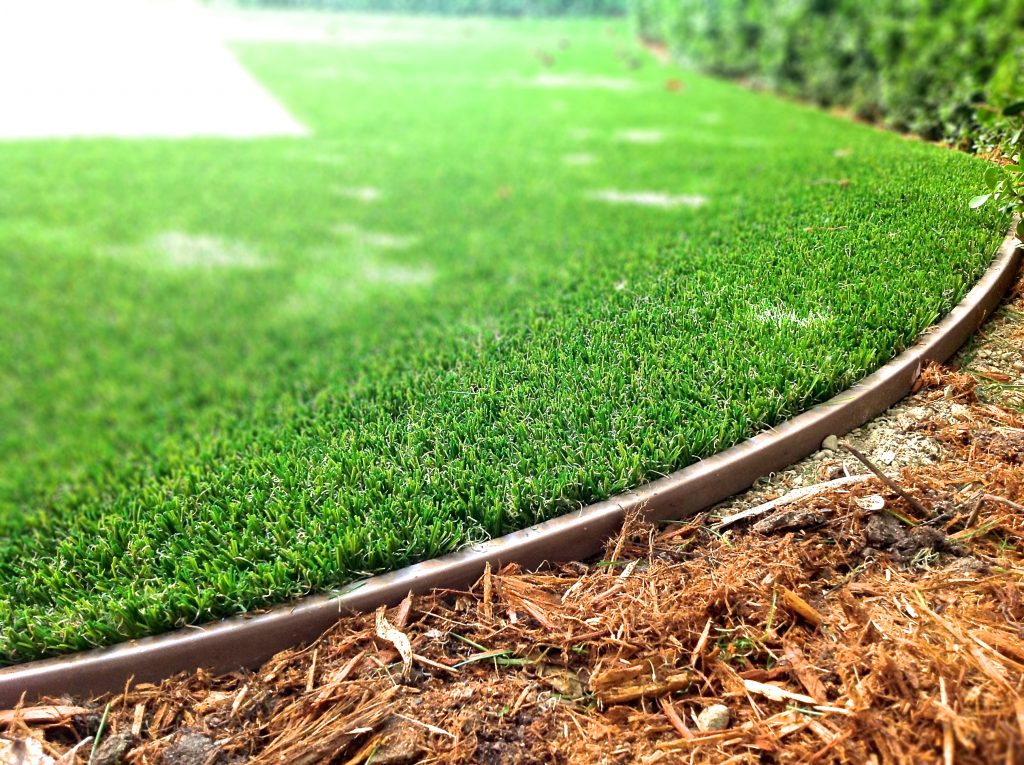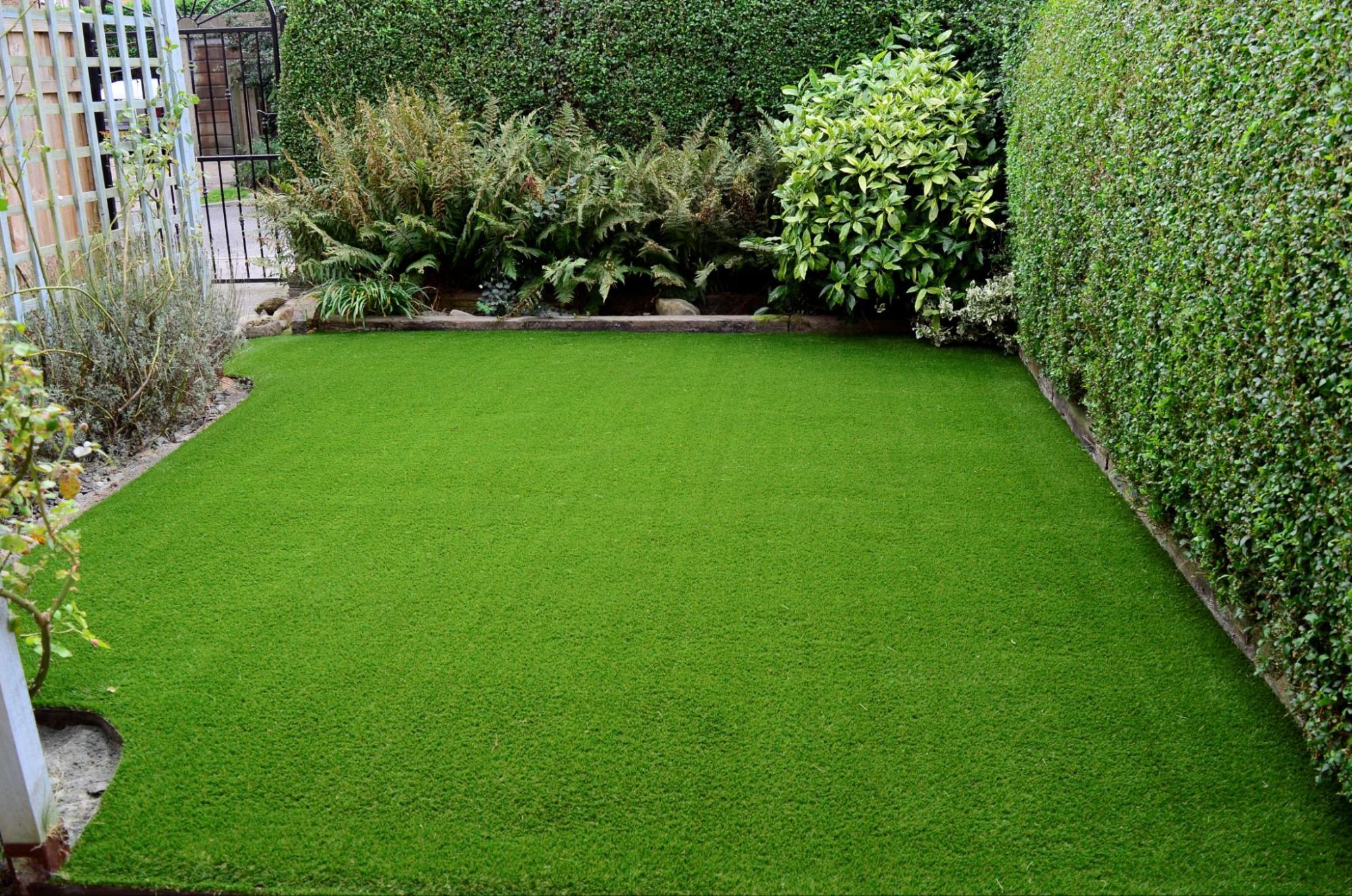Trusted Phoenix Turf Companies Offering Superior Synthetic Grass Installation
See Why Homeowners Prefer Artificial Turf for Lasting Landscape Design Practices
As property owners significantly prioritize sustainability in landscape design, artificial grass has emerged as an engaging alternative to conventional yard. What stays to be discovered is the full range of advantages that synthetic lawn can use to property owners and the atmosphere alike.
Water Preservation Advantages
One of the most considerable benefits of man-made grass is its function in water preservation. In contrast, artificial turf removes this need totally, as it does not call for watering.
In addition, the installment of synthetic grass can add to a more sustainable landscape. Property owners can considerably reduce their water bills, enabling reallocation of resources to various other ecological campaigns or house usages. Furthermore, synthetic grass is developed to withstand various weather problems without the demand for extra watering, making it a suitable option for regions facing water deficiency.
The ecological benefits extend beyond prompt water cost savings. By decreasing water consumption, fabricated grass helps to minimize the influences of environment modification, preserving essential ecological communities that are endangered by excessive water removal. As sustainable landscape design techniques get traction, fabricated grass arises as an accountable choice for home owners seeking to produce environment-friendly outdoor areas.
Reduced Upkeep Efforts
Man-made turf dramatically lowers maintenance efforts compared to conventional turf yards. With artificial lawn, house owners can eliminate the time-consuming jobs related to natural landscape design, such as mowing, fertilizing, and weeding. This not only conserves important time yet also minimizes physical labor, making grass care easily accessible for people of all ages.
Among one of the most noteworthy benefits is the lack of regular mowing. Standard grass require frequent cutting to maintain a cosmetically pleasing elevation, whereas synthetic grass continues to be consistently lush without the requirement for reducing. In addition, homeowners no longer need to use plant foods or chemicals, which are usually needed to maintain all-natural yard healthy and balanced. This change not just lightens the work but also promotes a neater, a lot more consistent look year-round.
Furthermore, synthetic grass is long lasting and resilient, needing marginal maintenance past occasional brushing and washing to get rid of debris. This simplicity of maintenance permits home owners to appreciate their outside spaces without the consistent fear of upkeep, offering more time for recreation and household activities. Ultimately, the lowered maintenance efforts connected with artificial lawn make it an attractive option for those looking for a low-maintenance, visually appealing landscape.

Environmental Impact Reduction
There is an expanding acknowledgment of the ecological advantages associated with synthetic grass, specifically in regards to water preservation and reduced chemical usage. Conventional yards need substantial amounts of water, specifically in drought-prone areas, leading to increased strain on local water resources. In contrast, synthetic grass gets rid of the requirement for irrigation, dramatically lowering water intake and advertising sustainability.
In addition, standard yard maintenance typically includes the application of chemicals, plant foods, and herbicides, which can add to soil and water contamination. Synthetic grass reduces this environmental hazard by calling for very little upkeep and virtually getting rid of the requirement for damaging chemicals. This not only boosts soil health and wellness but also safeguards regional ecosystems from poisonous drainage.
In addition, the manufacturing of all-natural lawn yards normally includes the usage of nonrenewable fuel sources for cutting and landscaping equipment, additional contributing to greenhouse gas discharges. By choosing synthetic grass, property owners can considerably decrease their carbon footprint linked with additional reading yard care tasks.
Aesthetic Appeal and Convenience
Along with its ecological benefits, synthetic grass supplies considerable visual allure and flexibility for landscape design. Homeowners can achieve a rich, environment-friendly look year-round, eliminating the seasonal changes frequently related to natural turf. This constant visual not just boosts the visual appeal of a building but likewise adds to a well-kept and refined look.
Additionally, fabricated lawn is readily available in a variety of styles, textures, and shades, permitting modification to fit private preferences and style themes - Turf installation phoenix az. Whether used in residential gardens, business rooms, or entertainment areas, it can perfectly integrate into varied landscape design layouts, from modern-day minimalist to lush exotic setups
The adaptability of man-made turf extends past simple look; it can be set up in various areas, consisting of rooftops, patios, and also indoor spaces, developing chances for special landscape design options. Additionally, it is ideal for a series of tasks, from children's play locations to pet-friendly atmospheres, offering functionality without endangering style.
Inevitably, the visual appeal and convenience of man-made turf make it an eye-catching choice for home owners looking for sustainable landscape design options that do not sacrifice appeal for environmental duty.

Long-Term Cost Cost Savings
Among one of the most compelling advantages of man-made grass is its capacity for long-term cost savings. Unlike natural grass, which requires regular maintenance-- consisting of mowing, watering, feeding, and parasite control-- synthetic grass dramatically decreases these continuous expenses. Homeowners can save a significant quantity on water expenses, particularly in regions where water scarcity is a pushing concern. The elimination of lawn treatment solutions even more adds to financial cost savings, as there is no requirement for specialized equipment or labor.
Furthermore, synthetic grass has a life expectancy of 15 to 25 years, depending on its top quality and usage. This durability decreases replacement prices, making it an extra cost-effective choice in the future. Additionally, the initial investment in artificial grass can frequently be redeemed through the financial savings accrued gradually.
While the ahead of time cost may appear higher contrasted to sod setup, the collective savings from minimized upkeep and click this link water usage commonly outweigh these preliminary expenses. Inevitably, the adoption of synthetic grass not only advertises a lasting landscaping service however additionally offers house owners a monetarily wise option that lines up with lasting budgeting goals.
Conclusion
Fabricated lawn emerges as a compelling option for lasting landscape design, providing significant benefits in water preservation, minimized maintenance initiatives, and reduced environmental impact. As areas significantly prioritize environmentally pleasant methods, the adoption of fabricated grass represents a dynamic step toward attaining resistant and sustainable landscapes.
Additionally, fabricated grass is designed to hold up against different climatic problems without the requirement for additional watering, making it an ideal selection for see this regions encountering water shortage. (Phoenix turf companies)

Synthetic turf arises as an engaging choice for sustainable landscape design, supplying considerable advantages in water conservation, lowered upkeep efforts, and lessened ecological effect.